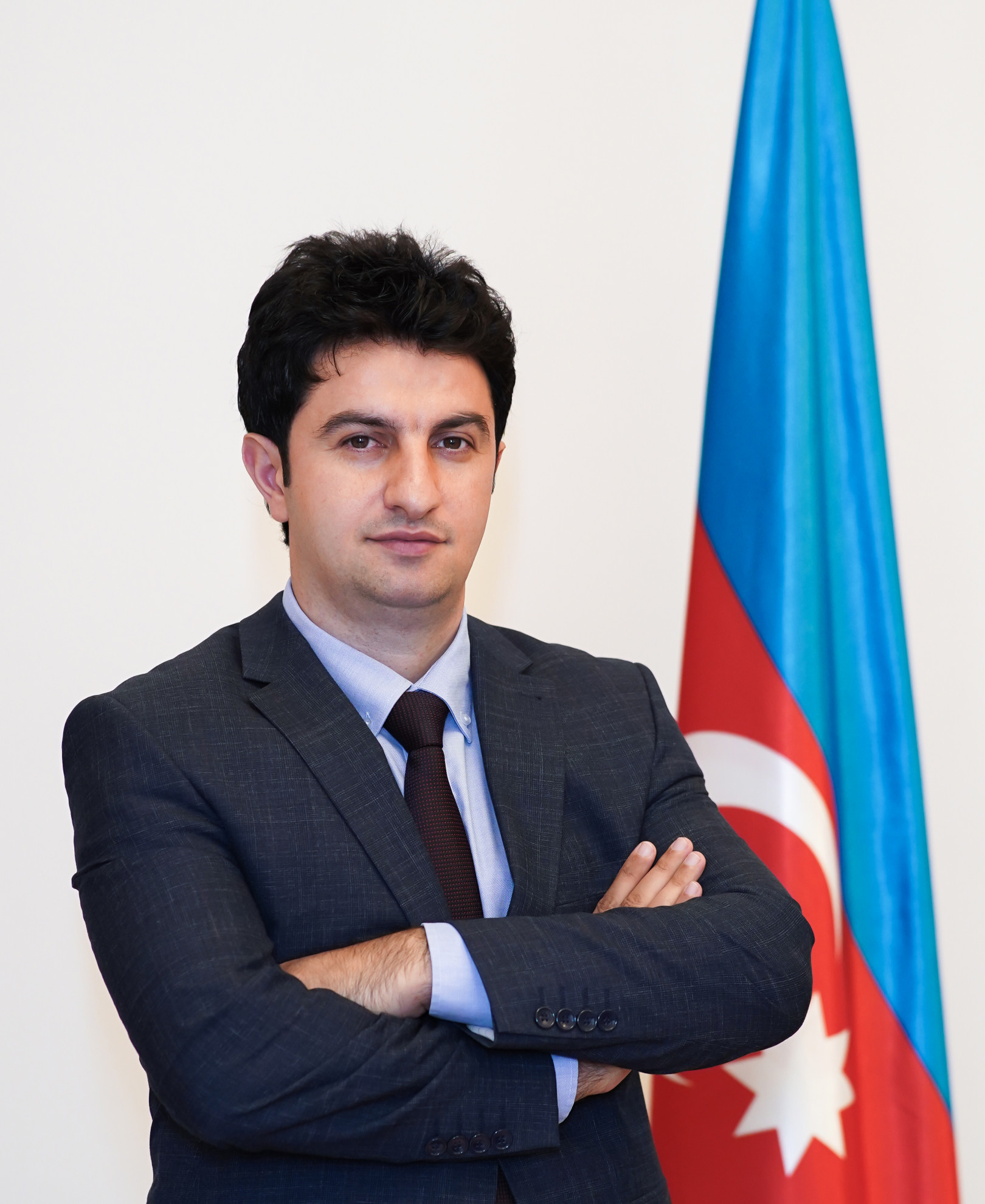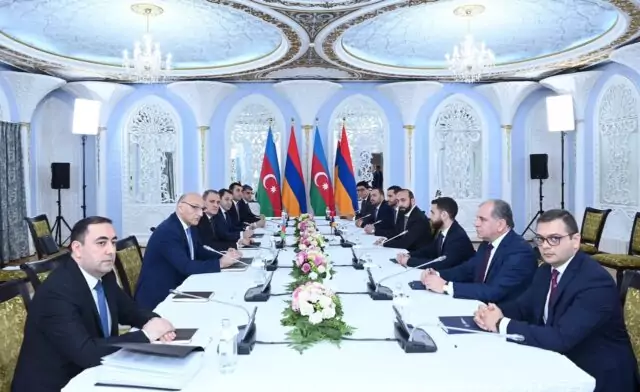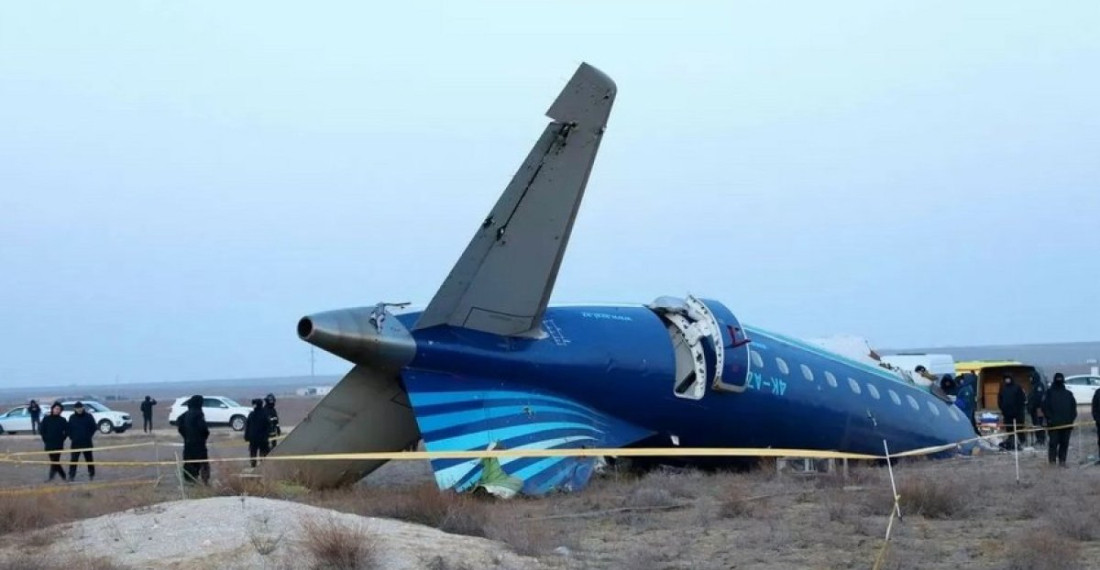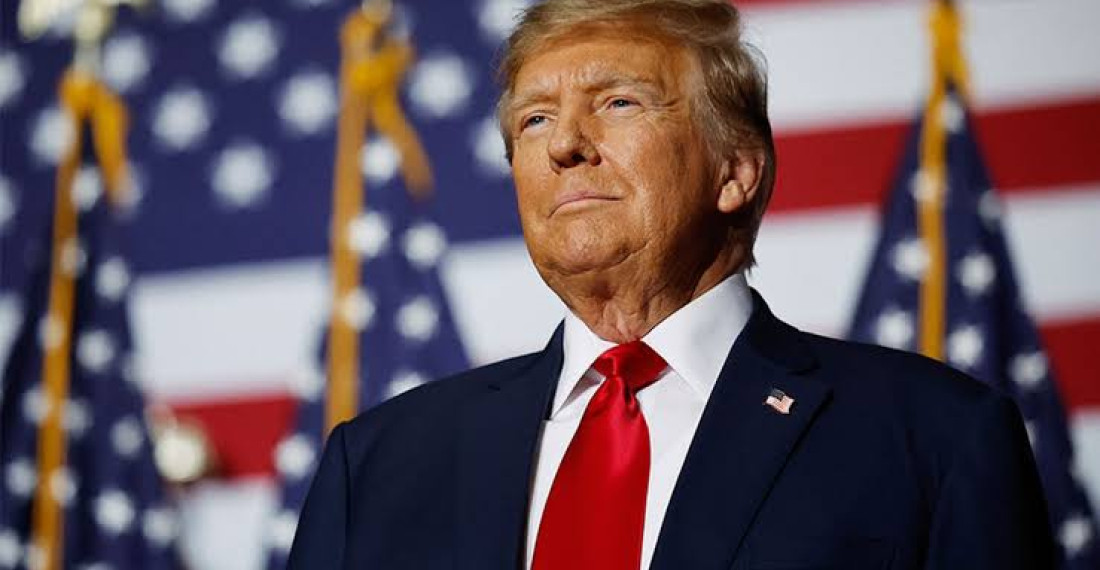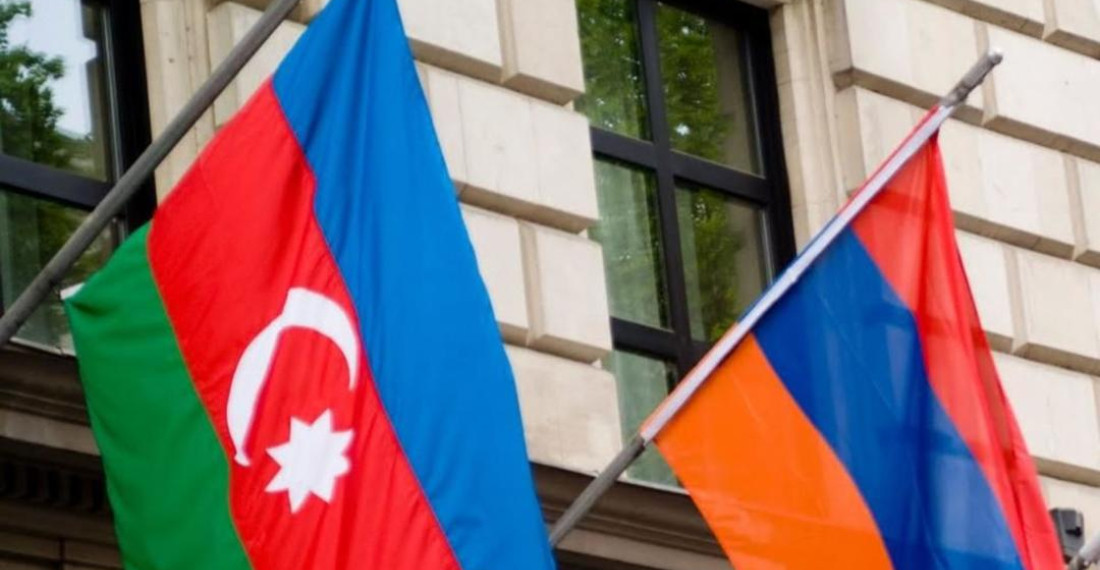Executive Summary:
-
The foreign ministers of Armenia and Azerbaijan met for bilateral negotiations in Almaty, Kazakhstan, in April, following the start of the delimitation of the two countries’ shared interstate border.
-
Both sides emphasized that though they still have their differences, some progress has been made, including agreeing on which maps to reference for the talks.
-
Azerbaijani President Ilham Aliyev believes that an initial agreement on “basic principles” could be reached by the end of the year, but a comprehensive peace treaty will likely take longer.
On May 10 and 11, the foreign ministers of Armenia and Azerbaijan, Ararat Mirzoyan and Jeyhun Bayramov, respectively, met for another round of bilateral peace negotiations in Almaty, Kazakhstan. It was the second meeting this year between the two sides after meeting in Berlin on February 28 and 29. The Almaty talks came after the initiation of the delimitation process on the Armenian-Azerbaijani interstate border, with the return of four non-enclave villages to Azerbaijan in April (see EDM, April 17, 23, May 14). The act was celebrated by some as the first instance in the post-Soviet era of a peaceful resolution in the long-standing territorial disputes between the two countries (Azertag.az, April 19; State.gov, April 28). The two parties hopes to build on this progress and foster a constructive atmosphere during the talks in Almaty. These developments point to progress in the peace process between Armenia and Azerbaijan, demonstrating both sides’ willingness to pursue improved relations.
After the meeting, the two foreign ministries put out identical press releases highlighting this momentum (Mfa.gov.az; Mfa.am, May 11). One significant agreement came in choosing which maps to use for the delimitation process. Previously, the two countries were on opposite sides of the issue. Armenia proposed using a Soviet map drawn in 1975, while Azerbaijan insisted that the new boundaries not be based solely on one map (1lurer.am, May 22, 2023; Turan.az, October 11, 2023; President.az, January 10). On May 7, Armenian Prime Minister Nikol Pashinyan stated that the delimitation process would be “carried out on the basis of the latest Soviet maps with legal force,” not on the basis of a single map (News.am, May 7). On April 19, the delimitation commissions of the two countries, in the press release about the transfer of the four non-enclave villages, stated, “The Parties agreed that within the delimitation process, they will be guided by the Alma-Ata Declaration of 1991” (Azertag.az, April 19).
The location of Almaty for the talks was symbolic in this context as the Alma-Ata Declaration was signed in 1991. (Following the fall of the Soviet Union in 1991, Almaty was changed to its Kazakh name from the Russian version, Alma-Ata.) Unlike most earlier negotiations between the two countries, the Armenian-Azerbaijani talks are now being held in a bilateral format, with the host country providing only a platform to facilitate the meeting (Armenpress.am, April 29).
Despite the progress, the press release claimed that the two sides still differ on some key issues, though it did not specify which matters. The delegations agreed to continue discussing possible resolutions in future meetings. Based on the earlier statements, at least some of these issues concern the existence of territorial claims against Azerbaijan in Armenia’s constitution and the proposals to reopen regional transit routes. The former issue has become more complicated. Pashinyan acknowledged the problem and proposed constitutional reforms in January (see EDM, January 24).
The prospects for a referendum on constitutional changes are slim against the backdrop of ongoing anti-government protests in Armenia, which started following the handover of the four non-enclave villages to Azerbaijan (see EDM, April 23). Protestors that oppose the delimitation process have been led by representatives of the Armenian Apostolic Church and supported by various parties including some former Armenian diplomats, pro-Russian opposition parties, diasporan groups, and the nationalist Dashnaktsutyun Party (Azatutyun.am, May 1; Civilnet.am, May 8; EDM, May 14). The protests threaten to destabilize Armenia and thereby derail the peace talks.
Logistically, the main obstacle to reopening transit links between the two countries concerns the security and customs regulations along the Zangezur Corridor (see EDM, April 15). Some analysts believe that the deployment of Russian border guards to the corridor would no longer be a precondition for opening the passage. Instead, another international security mechanism could be agreed upon (Novosti Kavkaza, May 10). In 2021, Russian troops were deployed at the request of the Armenian government on the border between Armenia and Azerbaijan as a security measure against Azerbaijan. These troops were withdrawn on May 8 from the Gegharkunik, Syunik, Tavush, Ararat, and Vayots Dzor regions in accordance with an agreement between Pashinyan and Russian President Vladimir Putin (see EDM, May 2, 16). Some outlets have interpreted this move as a sign that Russian troops will not be deployed to the Zangezur Corridor (Report.az, May 12). Others believe that Russia may support the use of another international security mechanism to hasten the opening of regional transit channels (Novosti Kavkaza, May 10).
Azerbaijani President Ilham Aliyev also hinted at this possibility in an international conference on April 23. He stated, “Land access from mainland Azerbaijan to the Nakhchivan Autonomous Republic through Armenia must be provided with international control and a security mechanism.” Aliyev said that if Armenia does not want that mechanism to be Russian border security, “they should say it. But again, it is something they signed themselves, and they must respect their signature” (President. az, April 23). This statement, however, may not suffice to conclude a shift in Baku’s position. Earlier this year, Aliyev presented the deployment of the Russian border guards as a “must” for the opening of the Zangezur Corridor. “The statement of November 10 indicated that Russian border guards would provide security and control in the 42–43 kilometer stretch, and this obligation must be fulfilled,” he said on January 10 (President.az, January 10).
The two countries are unlikely to sign a comprehensive peace treaty in the coming months, because of these challenges, particularly the call for constitutional changes in Armenia. However, Baku and Yerevan may be able to agree to some fundamental principles by the end of the year. On April 23, Aliyev outlined this possibility: “I think it is absolutely realistic to reach an agreement between Azerbaijan and Armenia before COP29 [the United Nations Climate Change Conference to be held in November in Baku], at least an agreement on our basic principles” (President.az, April 23). He said the two countries may first sign such an agreement and then work on the details and wording for a more comprehensive peace treaty. The Almaty meeting of the Armenian and Azerbaijani foreign ministers on May 10 seems to have been a constructive step in this direction.
https://jamestown.org/program/armenia-and-azerbaijan-step-up-work-on-peace-deal/

